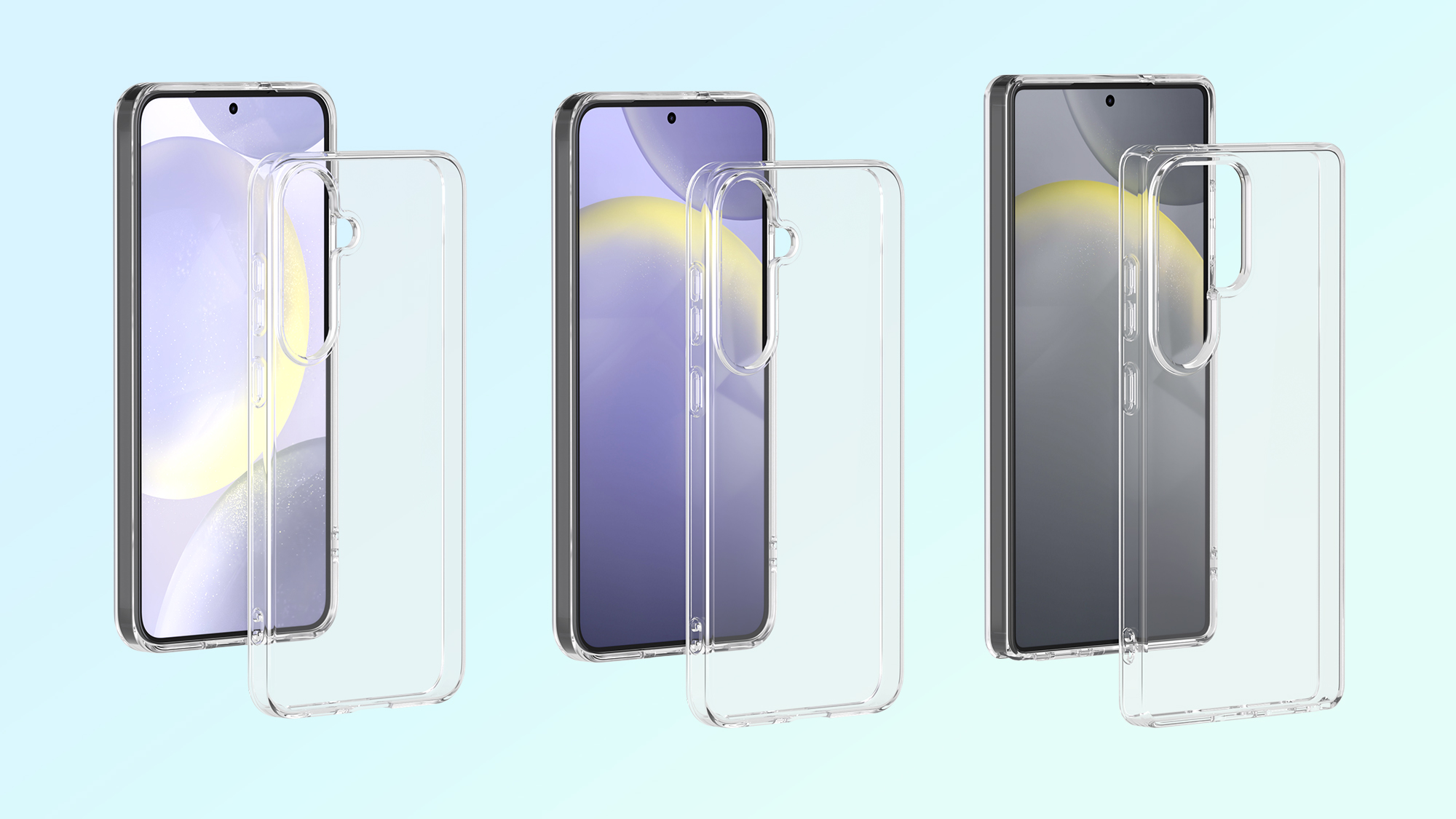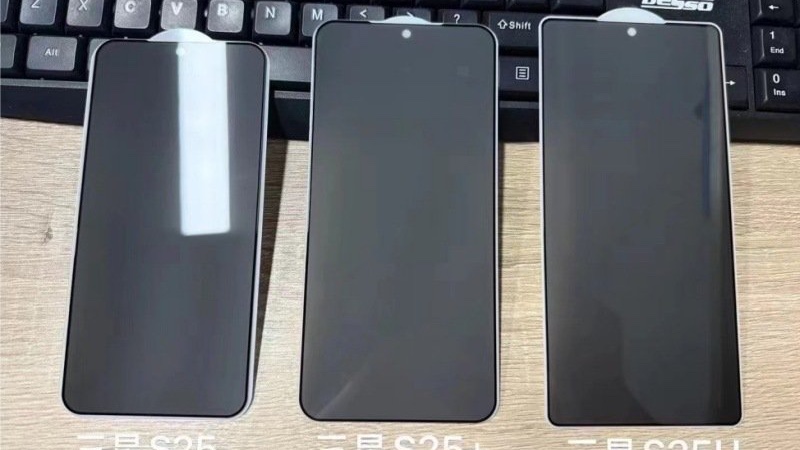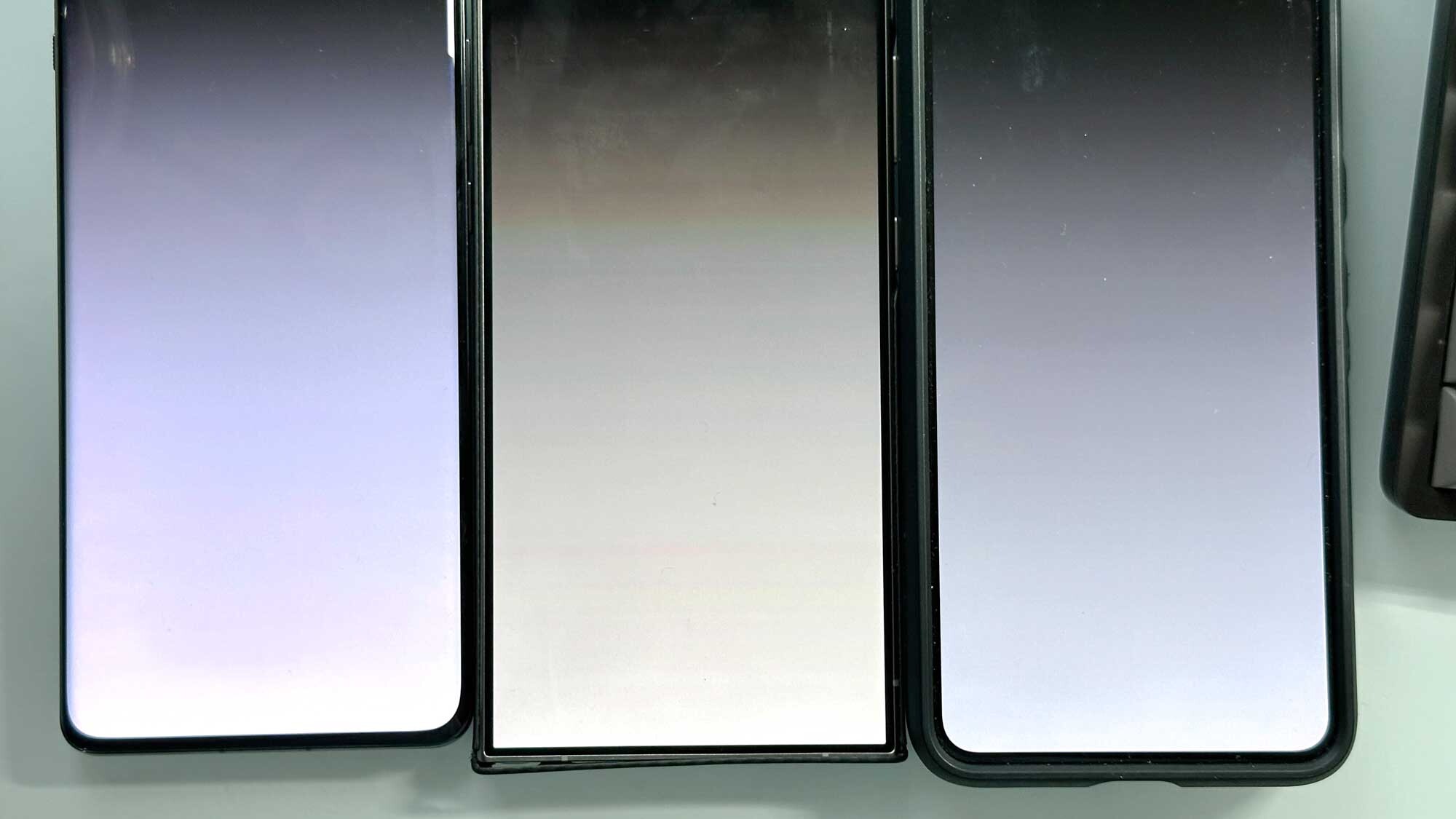
With a January 22 date now set for Samsung's Galaxy Unpacked 2025 launch event, it's time to drill down into the possible changes that are rumored for the company's upcoming Galaxy S25 models. And an area that's been on my mind as of late involves the displays that each of the new S25 models will sport.
While not one of the critical features that will determine if you should upgrade to the Galaxy S25, displays remain an important part of any phone. They're the part of the device you spend the most time staring at, after all, as it's your primary way to interact with the phone or sit back and enjoy the photos and videos that you can access through your handset.
It's understandable, then, why phone makers have put such an effort into improving their displays recently. With phone designs and features often looking like mirror images of each other, display quality gives devices a chance to stand out. The past decade has seen a move to larger screens on many phones, with recent efforts focusing on faster refresh rates and brighter panels. The former improvement makes for smoother, more immersive experiences with your phone, while the latter feature allows you to see the screen in a variety of lighting conditions.
So how does Samsung figure to spruce up the Galaxy S25 displays? Before we dive into specific rumors surrounding potential improvements, let's look at where Samsung flagships rank among the best phones in terms of display quality.
Phone displays: Where Samsung fits in

There was a time when Samsung was the leader in screen size — at least for phones that didn't fold out to reveal larger screens. The Galaxy S24 Ultra featured a 6.8-inch panel when it debuted last year — one of the biggest screens you could enjoy at the time.
"At the time" is doing a lot of heavy lifting in that sentence, because in the intervening months, Apple updated its phone lineup to come out with its largest display ever on the 6.9-inch iPhone 16 Pro Max. So now, that's the phone to turn to when screen size is what you want. The Pixel 9 Pro XL from Google offers a large display now, too, with its 6.8-inch panel matching the S24 Ultra's screen.
Samsung doesn't offer the brightest panels any more, either. That honor goes to the Pixel 9 Pro XL, which had a reading of 2,353 nits when we measured it with a light reader. The Galaxy S24 Ultra came in at 1,363 nits which trails both the iPhone 16 Pro Max (1,553 nits) and iPhone 16 Pro (1,510 nits).
We're overlooking OnePlus' flagships here, as this article is appearing hours before the OnePlus 13 launch. Last year's OnePlus 12 promised a maximum brightness of 4,500 nits, and the OnePlus 13 model released in China offers the same. You're unlikely to ever get a reading that bright except under very specific conditions, but suffice it to say, you won't have any problem making out details on a OnePlus flagship phone screen, even in harsh sunlight.
Galaxy S24 panels do show off more colors than the competition, particularly when the screens are set to their default Vivid mode. And color reproduction on the S24 models proved to be very accurate, with Samsung's Natural mode producing the lowest Delta-E scores among big-screen flagships we tested last year. (The lower the Delta-E score, the more accurate colors are.)
Samsung Galaxy S25 display rumors

When Samsung shows off its new phones later this month, don't expect a lot of changes on the display front. The focus with the Galaxy S25 appears to be on new AI features plus the Snapdragon 8 Elite silicon set to power the new phones. In contrast, display-related improvements appear to be minimal.
Reports claim the Galaxy S25 series will come with smaller bezels, though the focus there sounds like it will be making the phones more slender instead of making the displays larger. That said, an early rumor had tipped the standard S25 to increase its screen size to 6.3 inches, up from 6.2 inches on the Galaxy S24, but we don't know how accurate that claim is. The Galaxy S25 Plus and Galaxy S25 Ultra are expected to still offer 6.7- and 6.8-inch panels, respectively.
In fact, display expert Ross Young has claimed that the Galaxy S25 models are going use M13 OLED panels. Those would be the same ones found on the Galaxy S24 series.
If you want to look for signs of encouragement, a late-breaking rumor suggests that the Galaxy S25 Ultra will offer a high-brightness mode that can reach 3,000 nits of peak brightness. That would be an improvement from the listed peak of 2,600 nits for the Galaxy S24 Ultra. Just as important, it would put the S25 Ultra on par with the listed brightness of Google's Pixel 9 Pro flagship.
Does display brightness matter?
Let's assume that the rumors are accurate, and Samsung has few changes planned for its displays, especially in light of the Galaxy AI features that seem to be the focus of this particular update. Would that be a big deal?
I think the answer is both yes and no. On the one hand, Samsung's phones may not offer the brightness of rival devices, but they are bright enough. And the range of colors you get from Samsung's displays generally impresses. Displays that are just as good as what you get with the Galaxy S24 would be nothing to hand your head about, especially with the other improvements Samsung reportedly has planned.
Then again, other phone makers are not standing when it comes to displays. With new models from Google and Apple arriving later this year, the Galaxy phones run the risk of falling further behind if the competition puts any sort of effort into making their displays more appealing.

It's also going to be interesting to see how Samsung improves the S25 displays because of how last year's S24 was plagued by a Mura effect, which we've confirmed on our own units. To the untrained eye, it might be overlooked, but this Mura effect resulted in some odd banding issues with the display. What's even more apparent is how the Galaxy 24 FE's display looked much more vivid than both the S25 and S25 Plus.
The Galaxy S25 displays may look great when the phones launch in a couple of weeks, but will they still look good next to the competition by this time next year?







